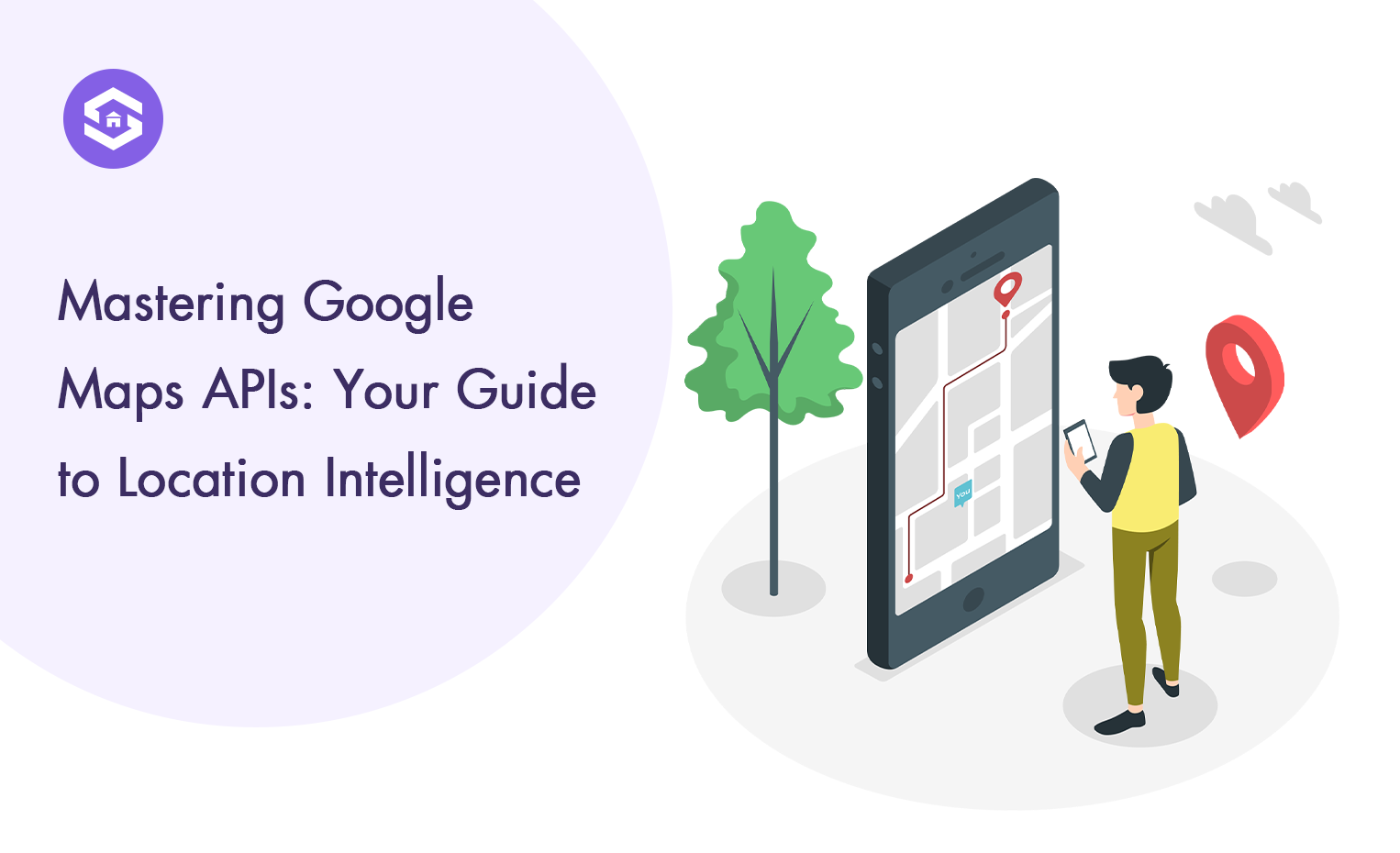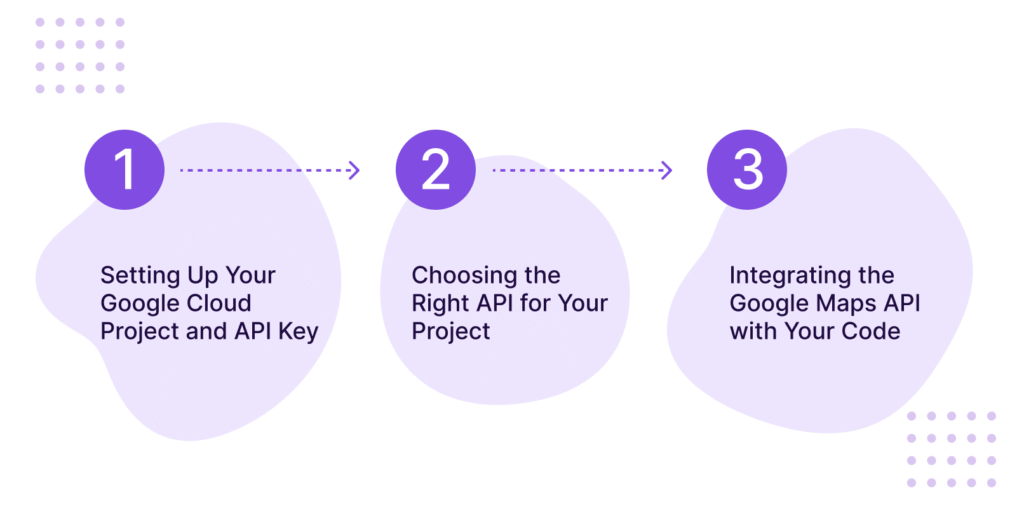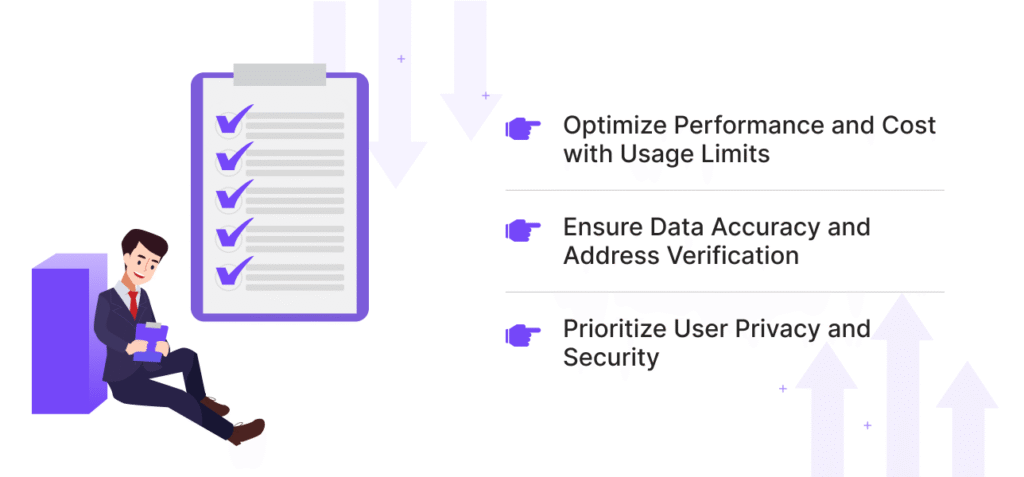Unlock the Power of Place: Your Guide to Location Intelligence with Google Maps APIs
9 min read
9 min read

Table of Contents
Table of Contents
In today’s data-driven world, location intelligence is essential for businesses and individuals. Understanding the “where” at the back of your records unlocks insights, improves decision-making, and fosters deeper customer engagement. Fortunately, Google Maps API provide a powerful toolkit to harness the electricity of region facts and integrate it seamlessly into your projects.
This comprehensive guide delves into the world of google place API, equipping you with the expertise and tools to emerge as a place intelligence master.
Google Maps API, or Application Programming Interfaces, act as intermediaries that let you integrate the functionalities of Google Maps into your websites, packages, and different projects. These APIs provide programmatic entry to diverse capabilities, which include maps, guidelines, location data, and more.
Think of them as building blocks that release the power of Google Maps – you may leverage these APIs to display interactive maps, calculate routes, discover nearby locations, and lots greater – all inside your custom-built environment.
The Google Maps Platform offers a wide range of APIs, each catering to specific location-based needs. Here’s a more in-depth observe some of the important things about Google Maps Places API for unlocking location intelligence:
1. Maps JavaScript API: This versatile API lets you show interactive maps on your website or software. You can personalize the map view, and add markers, information home windows, guidelines, and numerous different functionalities to create a user-friendly experience.
2. Google Places API: This API empowers you to search for locations utilizing name, category, or keyword. You can retrieve specified statistics about unique locations, which include addresses, phone numbers, opening hours, rankings, and reviews.
3. Directions API: This API allows you to calculate driving, taking walks, bicycling, or transit instructions between two or more locations. You can specify journey modes, optimize routes for traffic conditions, and retrieve estimated travel times and distances.
4. Distance Matrix API: This API calculates the distances and travel time among multiple origins and locations. It’s ideal for optimizing shipping routes, visualizing service regions, and know-how travel logistics across diverse locations.
5. Geocoding API: This API bridges the gap between textual addresses and geographic coordinates. You can convert addresses into latitude and longitude values, and vice versa, facilitating location-based totally functionalities inside your projects.
6. Time Zone API: This API retrieves the time zone information for a given location. It’s valuable for ensuring correct time displays throughout specific geographic regions and scheduling meetings effectively.
These are only a few of the core places API. By informing their functionalities and integrating them successfully, you may free up a wealth of location intelligence on your projects.
The possibilities with Google Maps API are huge and enlarge across diverse industries and programs. Here are some practical examples of ways you can leverage those APIs to achieve your dreams:
These are just a few starting points. With a bit of creativity and technical expertise, you can leverage Google APIs to build innovative solutions that cater to your specific needs.

Now that you’re familiar with the key Google Maps APIs and their potential applications, let’s dive into the practical steps of getting started:
1. Setting Up Your Google Cloud Project and API Key:
2. Choosing the Right API for Your Project:
3. Integrating the Google Place API with Your Code:
Once you’ve mastered the basics, you can delve deeper into advanced techniques to unlock the full potential of Google Maps APIs:
The code examples provided earlier serve as a foundation. As you explore advanced techniques, refer to the Google Maps Platform documentation for detailed code samples and implementation guides.

Here are some key considerations to ensure you leverage Google Maps APIs effectively:
By following these best practices, you can ensure your Google Maps API integration is efficient, reliable, and user-friendly.
Google Autocomplete API offers an effective toolkit for unlocking the capability of location intelligence. By information on the core APIs, exploring practical applications, and imposing excellent practices, you could leverage these tools to build progressive solutions across numerous industries.
Whether you are improving user experiences, optimizing logistics, or gaining treasured insights from location information, google place API empower you to build a more location-aware and intelligent future.
Geocoding is the process of converting addresses into geographic coordinates. Google Maps APIs provide geocoding services that allow you to get the latitude and longitude of a given address, or the address corresponding to specific coordinates.
SERPHouse API can extract local SERP data, enabling businesses to understand how they rank in local searches. This data can be used to optimize local SEO strategies and improve visibility in target markets.
Some of the essential Google Maps APIs include the Geocoding API, Directions API, Distance Matrix API, and Places API. These tools provide functionalities like converting addresses into geographic coordinates, calculating optimal routes, estimating travel times, and finding location-based details.
The SERPHouse API is a powerful tool for extracting search engine results page (SERP) data. By integrating SERPHouse API with Google Maps APIs, businesses can gain insights into local search trends and competition, enhancing their location-based marketing strategies.
Yes, Google Maps APIs, particularly the Places API, can provide detailed information about businesses, demographics, and consumer behaviour in specific areas, aiding in market analysis and strategic planning.
Ready to embark on your location intelligence journey? Start exploring the Google Maps Platform and unharness the power of location data within your projects!